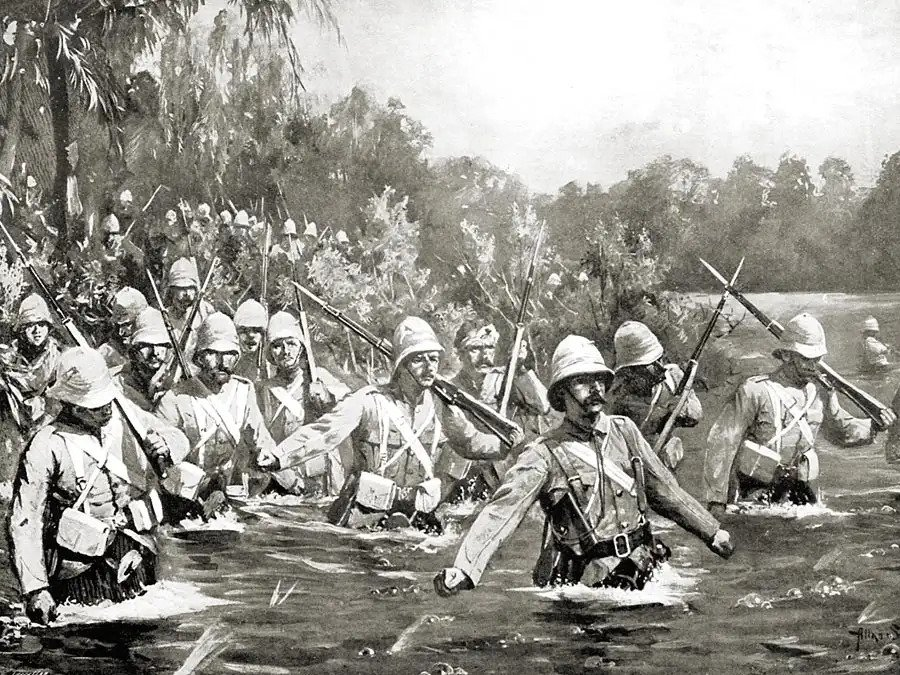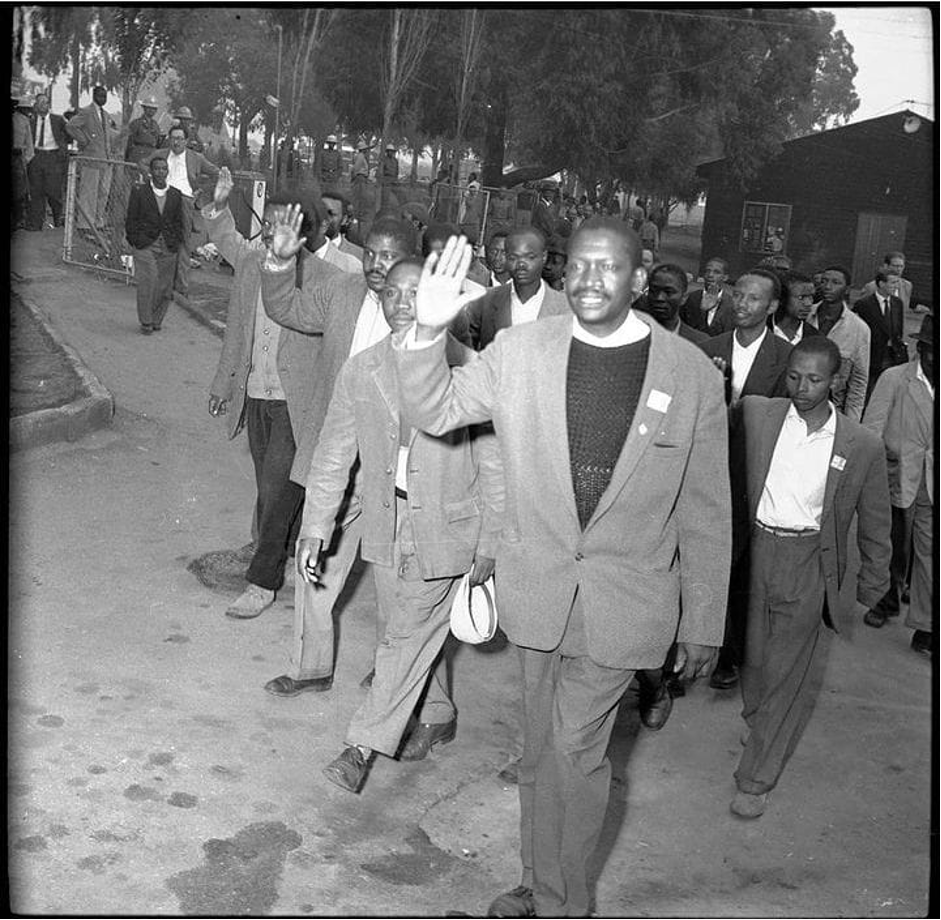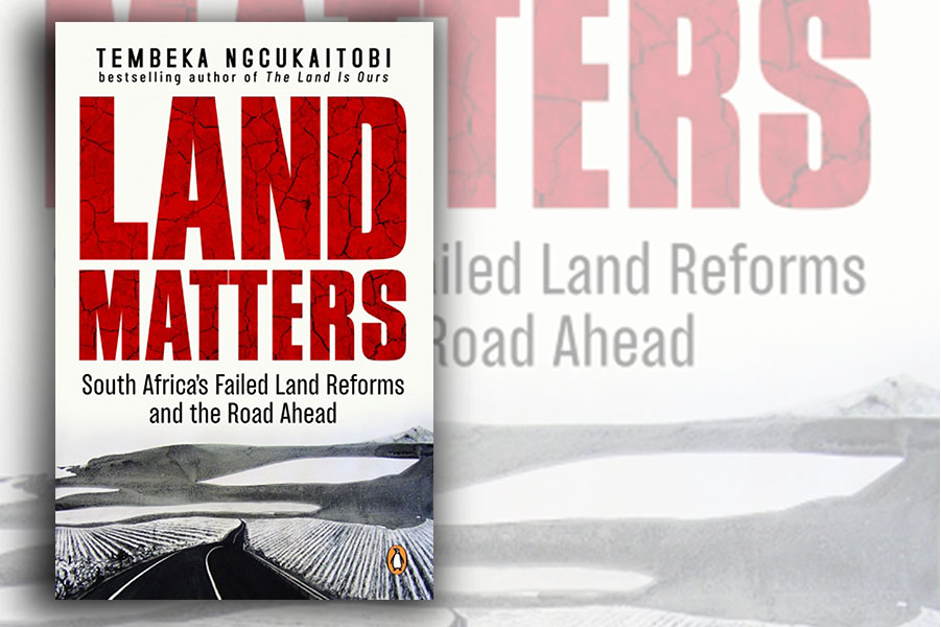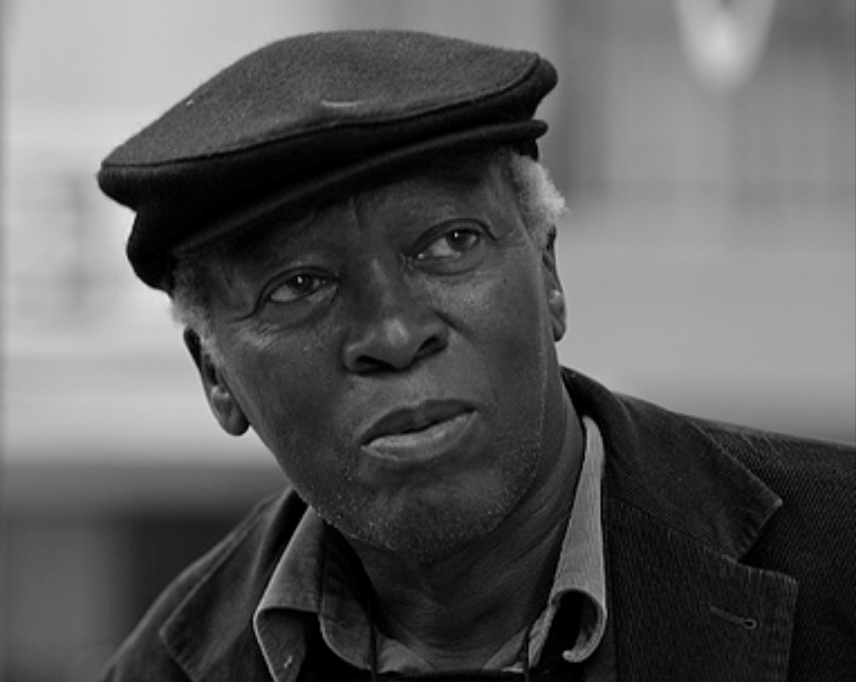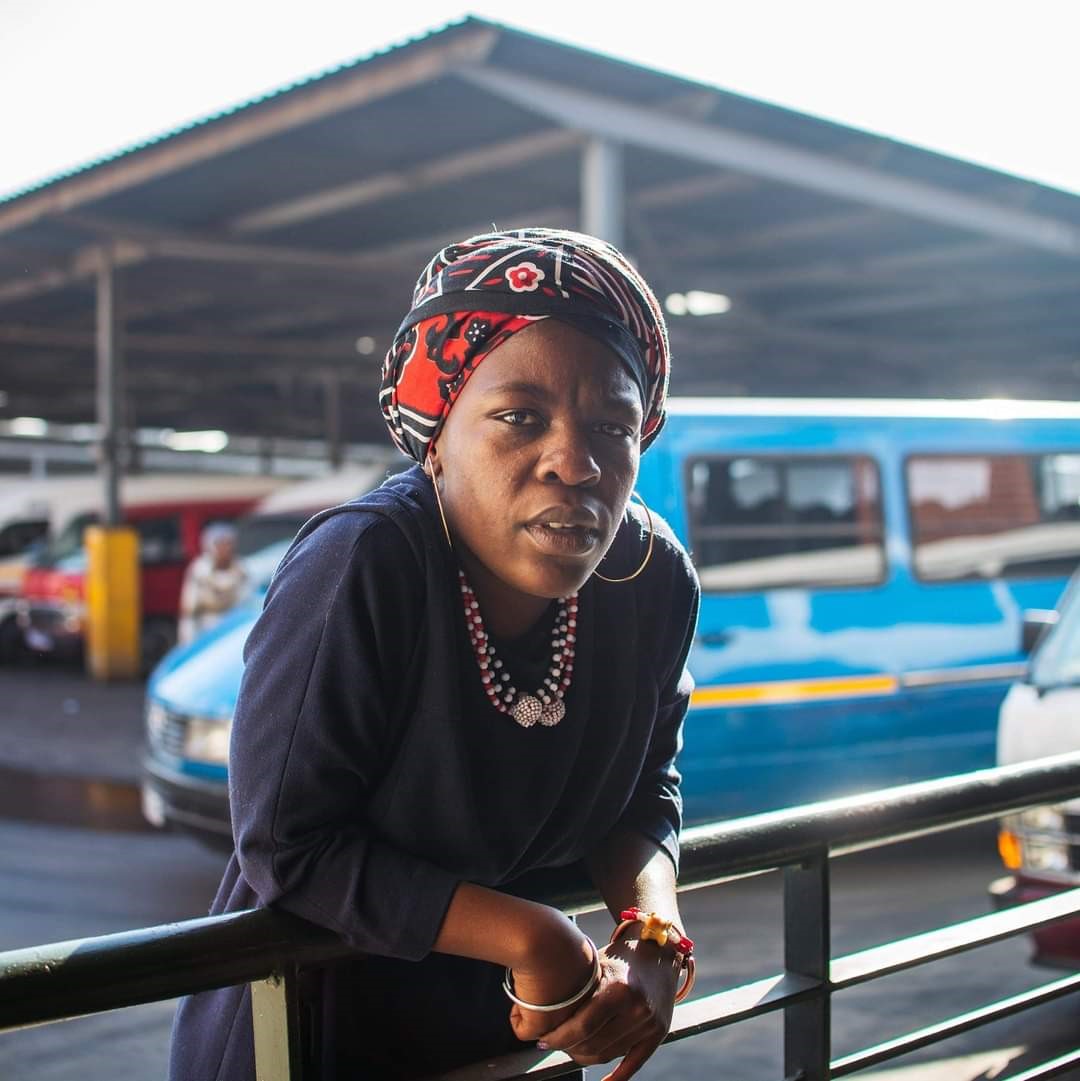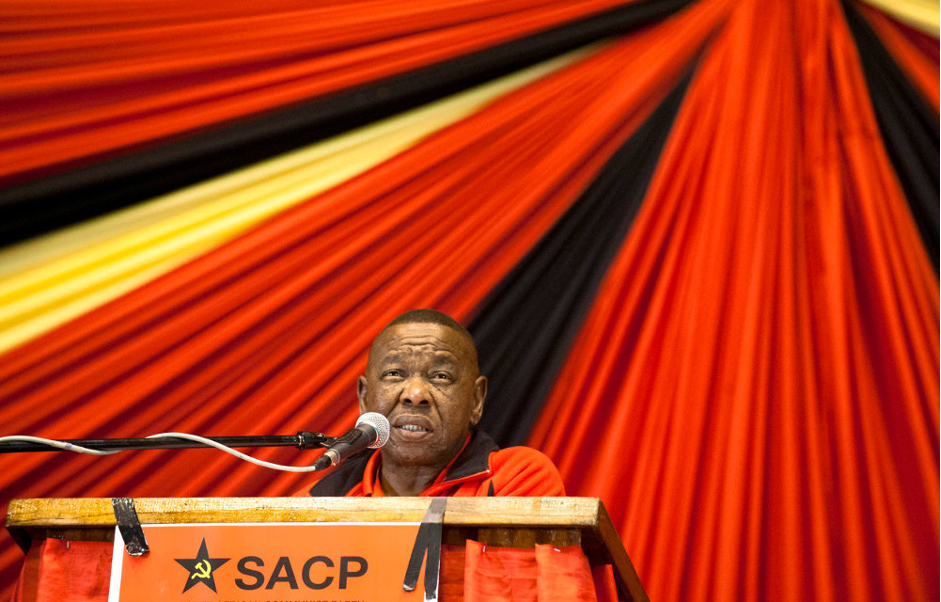“How indeed would a living understanding come to those, who have fled knowledge of the source?” (Ayi Kwei Armah in Two Thousand Seasons, 1973, p xvi. our italics).
The hegemony of multiculturalism and nonracialism both in “South Africa” and around the globe accounts for the dominant manner in which ideas such as heritage and humanity are interpreted. Liberal constitutionalism in “South Africa” has propagated the notion of diversity in culture and its common celebration. While culture and heritage are inextricably intertwined, for the purposes of this essay heritage will be treated as a manifestation of culture. This makes culture to be foundational to heritage.
Although in “South Africa” we have other cultures, for the purposes of this essay, we will focus on Africans/Abantu and Europeans/abelungu, whose cultures are fundamentally dominant and different, it becomes self-evident to note that the heritage of these racial and cultural groups is also fundamentally different. For the purposes of this essay, these two racial and cultural groups are analysed in terms of the native and settler antagonism as accentuated by Wolfe in Settler colonialism and the elimination of the native (2006) and Fanon in The Wretched of the Earth (2001) specifically the chapter On Violence. The central assumption here in terms of the political conception of culture is that culture is the fundament of our being so that we have an African-being-in the-world and a European-being-in-the-world which are constitutively antagonistic (thus irreconcilable).
Using Dogon philosophy as explained in Yurugu (1994) Conversations with Ogotemmeli (1975), The Pale Fox (1986), Diop’s two-cradle theory in The Cultural Unity of Black Africa (1979) and the notion of Africa for the Africans, this essay will defend the thesis that despite the hegemony of diversity in cultural celebration, the heritage of Africans and non-Africans such as white settlers in “South Africa”, is antagonistic due to conquest in the unjust wars of colonisation since 1652.
Cheik Anta Diop in his book Civilization or Barbarism (1991), discusses the genealogy of humanity by foregrounding Africa as the “cradle of humanity”. Although this book is very significant as a scientific text on the origin of humanity, it is in The Cultural Unity of Black Africa (1979), that Diop develops what Vulindlela Wobogo in Cold Wind From The North (2011) designates “Diop’s two-cradle theory”. Due to the brevity of this essay, we will limit ourselves to delineating the germane traits of the two cradles which are the fundament of the “heritage of antagonism” in “South Africa” since conquest in the unjust wars of colonization in 1652.
In terms of Diop’s two cradle theory Africans belong to the southern cradle, which is characterised among other things by hospitality, xenophilia and optimism while the Europeans belong to the northern cradle whose main traits are xenophobia, aggression, and pessimism. According to Diop, the African Grimaldi who were isolated in the glacial environment in what would become later known as Europe, underwent a genetic metamorphosis which eventuated in them losing melanin thus becoming the Caucasians/Europeans of the northern cradle.
This glacial environment due to the scarcity of resources was foundational to the emergence of the culture and heritage of racism, war, and conquest which account for the Maafa of 1652 in “South Africa”. These two fundamentally disparate cradles are the foundation of the “heritage of antagonism” between the Africans and Europeans as non-Africans in “conqueror South Africa” ala Mogobe Ramose since they underly the culture and being of the Africans and Europeans before conquest since 1652.
It is in this sense that the northern cradle is the fundament of the racist being and historicity of the Europeans and the Maafa they inflict on Africans which is the European “heritage of barbarism”. The “South African heritage of antagonism” is inaugurated by conquest in the form of land dispossession since 1652 which is reflective of the northern cradle as explicated above. Arguably the first attempt at the deprivation of native title by European conquerors occurred during the Battle of Salt River in 1510. The Portuguese under de Almeida essayed their first military conquest which eventuated in their ignonimous defeat by the Indigenous people. The Dutch settlers under VOC continued with the unjust wars of land dispossession around the late 1600s, these wars were completed by the British settlers around the late 1800s with the destruction of the last African kingdoms eventuating in over “three hundred years” of land-appropriation and land division.
It is important to bear in mind that the “heritage of antagonism” between Africans and Europeans comprises of two levels, namely the level of being which flows from culture and the level of history which is a behavioral manifestation of the level of being. For the purposes of this essay, we are dealing with the politics of culture. By the politics of culture, we imply the political conception of culture to attain power and domination. At the level of being the “heritage of antagonism” traces its origin to the ontological emergence of the Europeans in terms of Dogon philosophy.
According to the Dogons when Amma was creating humanity, there was a being which wrested itself from the human creation process before receiving the female principle. This led to this being becoming “an incomplete being” and the Dogons called this being Yurugu. The incompleteness of this being accounts for the northern cradle and the European-being-in-the world in general. One of the telling traits of Yurugu is paleness which in nothing but a lack of melanin which the Europeans lost during their isolation in a glacial environment. It is this level of being which accounts for the level of history. In other words, the historical actions of Europeans, namely their “heritage of barbarism” flows from the nature of their ontology.
The ontology of the Europeans as explicated by the Dogons accounts for the seed/asili of European culture which is characterised by the need for domination, control, and power. This asili is in line with the northern cradle’s traits of aggression and xenophobia thus the inherent racism of the Europeans and their culture. It is in this sense that we can account for conquest since 1652 in the unjust wars of colonisation as the origin and manifestation of the “heritage of antagonism” in “South Africa” at the level of history.
White settler colonialism which commences in “South Africa” in 1652 with land-appropriation in the unjust wars of colonisation was inevitably following the logic of the asili of European culture and was a manifestation of the ontology of white settlers as Yurugu in “South Africa”. The naïve generosity or “ruinous openness” of some Africans as a result of the hospitality of the southern cradle, when encountering the white settlers as Yurugu partly explains the facilitation of land-appropriation and land-division. This naïve generosity manifested itself with some Africans coming to the aid of the ship-wrecked Europeans and believing that the Europeans’ presence is a temporary stay.
These Africans did not realise (and still do not to this day) that these Europeans are nothing but the “destroyers” who operate on the basis of the northern cradle. But of course, this naïve generosity was partly overtaken by the sentiment of Africa for the Africans “in the wake” of the display of the “heritage of barbarism” by the white settlers as Yurugu. While the sentiment of Africa for the Africans traces its origin to the catastrophic encounter between the Africans and the Europeans, in “South Africa” it reached its apex between 1920-1930 with the Garvey movement.
The Garvey movement and the sentiment of Africa for the Africans reached its summit with Enoch Mgijima’s Israelite movement which was a continuation of the earlier Ethiopian movement fighting for the end of the white settler colonial world, which was viciously suppressed by the South African government under Smuts leading to the Bulhoek massacre in the 1921. This movement is the culmination of the pursuit of “historical being” in the sense of destroying the white settler world and restoring Azania in terms of Africa for the Africans/Race-first ideology.
It is important to note that while the Garvey movement galvanised the sentiment of Africa for the Africans, this sentiment is indigenous and thus a fundament of the native sphere as contrasted with the white settler sphere. This is how Mazisi Kunene in a compilation and translation of a much older Zulu heroic epic poem called Emperor Shaka (2017) puts it “Through a vision I saw nations emerging from the ocean. Once as the sea lay calm, throwing off only trembling waves. A strange race emerged from the ocean… He reported to the Assembly: O my lord, the country is infested with bad bugs. We have encountered a race of red ants”.
Kunene continues further by stating that “Have you correctly judged these bloodthirsty foreigners? Such people dig deep into a nation’s life. They strip the wealth and power that once was its greatness”. Here we have an encounter of the ontologico-historical antagonism between an African-being-in-the-world as a “heritage of civilization” and a European-being-in-the-world as a “heritage of barbarism” in a yet-to-be-fully-conquered Azania. It is these two fundamentally antagonistic heritages which shaped the humanity of Africans and the inhumanity of the Europeans to this day in “conqueror South Africa”.
Since this “heritage of antagonism” was founded on the loss of sovereign title to territory “in the wake” of conquest in the unjust wars of colonisation since 1652, it can only be eliminated through the restoration of land to the Indigenous conquered people on the basis of Chimurenga as a revolutionary war of liberation as premised on Fanonian violence seeking to end the native and settler antagonism to usher in a post-conquest Azania by destroying “South Africa”.
In conclusion, Liberal constitutionalism in its celebration of diversity through multiculturalism and nonracialism can only postpone but not eliminate this “heritage of antagonism”. The sentimental and abstract celebration of cultural diversity will never erase the “heritage of barbarism” as the “iceman inheritance” ala Michael Bradley of the white settlers as Yurugu/abelungu. The heritage of the African/Abantu to restore sovereign title to territory as celebrated by the likes of Lembede and Sobukwe as “heroes’ day” is irreconcilable with the heritage of racism of the successors-in-title to conquest (contemporary white settlers) despite the illusion of the “Rainbow nation”. For the Palm race (Africans) and the Pumpkin race (Europeans/white settlers) do not share the same humanity, heritage and destiny and never will.
“Blacks are still hopelessly naïve if they do not yet understand that the whites never did, and do not now, intend to include Blacks in the doctrine of human equality.” (Chancellor Williams in The Destruction of Black Civilization, p 301).
[1] South Africa is in inverted commas as it is a name that is in question from the perspective of the Indigenous conquered people the rightful owners of the territory since time immemorial. South Africa is a mere geographic name which was invented by the white settlers as a manifestation of the “right of conquest” on the basis of land dispossession and epistemicide since 1652. The correct name is Azania in terms of the Indigenous people and their Azanian Tradition as represented by the Pan Africanist Congress of Azania.

